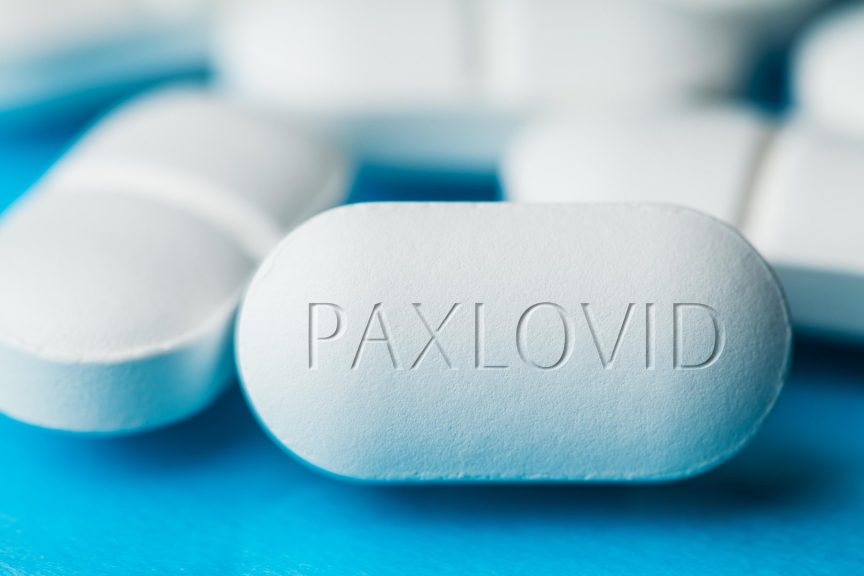Virologic rebound more common among those who started therapy within two days of symptom onset
By Elana Gotkine HealthDay Reporter
TUESDAY, Nov. 14, 2023 (HealthDay News) — For patients receiving nirmatrelvir-ritonavir (N-R) for acute COVID-19, virologic rebound (VR) occurs in about one in five, according to a study published online Nov. 14 in the Annals of Internal Medicine.
Gregory E. Edelstein, from Brigham and Women’s Hospital in Boston, and colleagues conducted an observational study to compare the frequency of VR in 72 patients receiving and 55 not receiving N-R treatment for acute COVID-19. The intervention was five days of N-R treatment versus no COVID-19 treatment.
The researchers found that VR occurred in 20.8 and 1.8 percent of those taking N-R versus untreated persons. All participants with VR had a positive viral culture result after a previous negative result. Only N-R use was associated with VR in multivariable models (adjusted odds ratio, 10.02). Compared with those who started therapy two or more days after symptom onset, those who started therapy within two days of symptom onset more often had VR (26.3 versus 0 percent). Among participants receiving N-R, shedding of replication-competent virus was prolonged in those who had versus did not have VR (median, 14 versus three days). Symptom rebound occurred in eight of the 16 patients with VR; two patients were completely asymptomatic. There were no post-VR resistance mutations noted.
“These data support the possibility of an N-R-specific VR phenomenon, which substantially increases the duration of shedding of replication-competent virus and has implications for post-N-R monitoring and isolation recommendations,” the authors write.
Copyright © 2023 HealthDay. All rights reserved.

